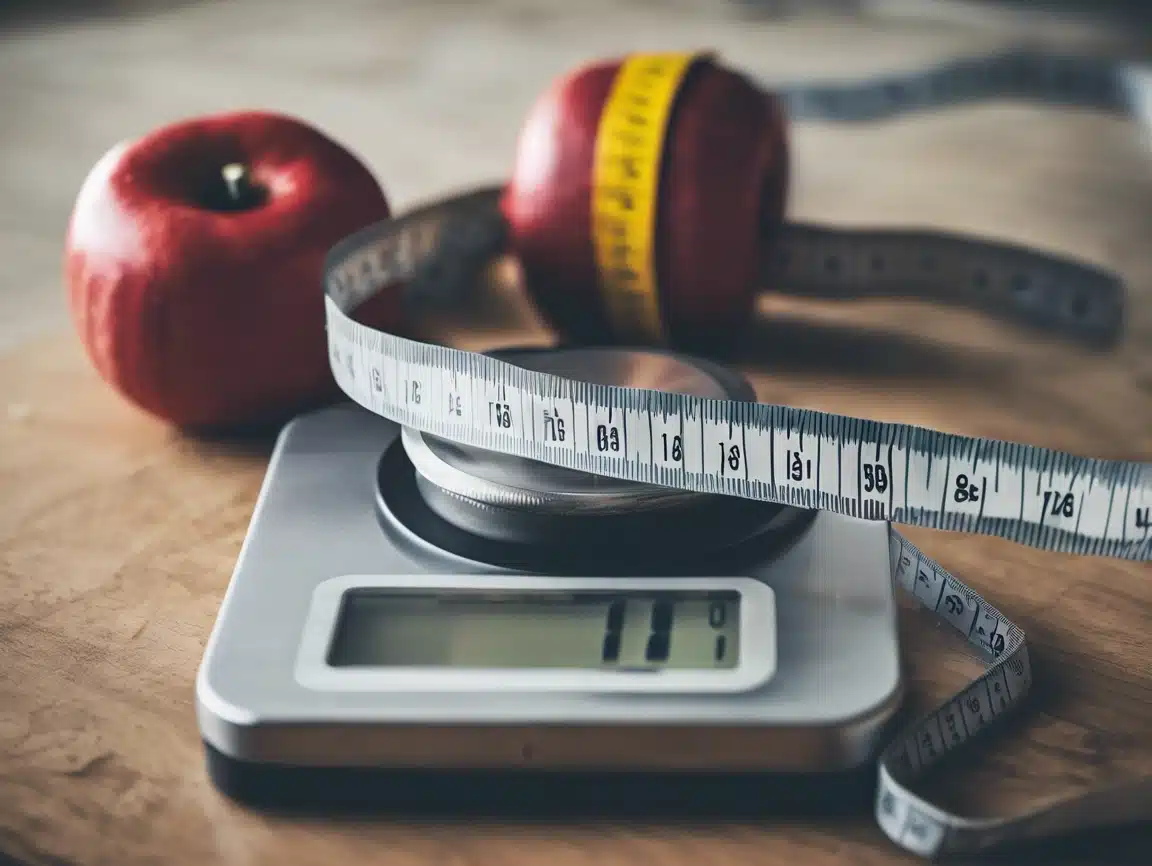The number on the scale only tells part of the story. For anyone serious about their health and fitness, especially lifestyle bodybuilders, using weight management metrics beyond body weight is crucial. Let’s break down how body composition, key measurements, and body ratios offer a clearer, more actionable picture of your fitness journey.
What Is Body Composition and Why Does It Matter?
Body composition separates fat from lean mass, helping you focus on the quality—not just the quantity—of your body weight. Here’s a breakdown of the numbers from a real body composition analysis:
- Weight: 173 lbs
- Body Fat %: 15.6%
- Fat Mass: 27 lbs
- Lean Body Mass (Muscle + Bone + Water): 146 lbs
Instead of obsessing over pounds lost, ask yourself: “Am I reducing fat while maintaining or increasing lean mass?” That’s a better signal of fat loss and muscle gain than just looking at the scale.
How Do Measurements Give Context to Your Progress?
Measurements tell the story that the mirror and scale can’t. Consider these dimensions:
| Area | Size (inches) |
|---|---|
| Chest | 43 |
| Waist | 32 |
| Hips | 37 |
| Arms | 15 |
| Legs | 21 |
Tracking changes in your waist, arms, and legs shows you whether you’re building muscle or shedding fat. For example, a stable weight but smaller waist and bigger arms signals fat loss and muscle gain.
What Body Ratios Reveal About Health and Aesthetics?
Let’s dive into weight management metrics that measure your proportions and overall health:
- Waist-to-Height Ratio: 0.492 – In the athletic range. This is a strong predictor of metabolic health.
- Waist-to-Hip Ratio: 0.865 – Falls in the healthy range and shows fat is being stored in a lower-risk pattern.
- Bust-to-Waist Ratio: 1.5 – Indicates a V-taper, a visual cue for muscular balance.
- Neck-to-Waist Ratio: 0.469 – Shows leanness around the torso.
- Leg-to-Height Ratio: 0.323 – Proportional, meaning overall muscle development is balanced.
These ratios go deeper than BMI or weight alone, offering insights into aesthetics, symmetry, and health.
Is BMI Still Useful?
With a BMI of 28.8, this subject technically falls into the “overweight” category. But with only 15.6% body fat and 146 lbs of lean mass, this is clearly misleading. BMI fails to account for muscle mass, making it unreliable for active individuals.
How to Track These Metrics at Home
You don’t need a lab or expensive tools. Here are tools to track your weight management metrics at home:
- Tape Measure: Track waist, hip, chest, arms, and legs.
- Body Fat Calipers: Estimate body fat percentage.
- Smart Scales: Some estimate lean mass, though less accurate than DEXA scans.
- Photos: Monthly progress pics in consistent lighting and posture.
- Mirror and Feel: How do your clothes fit? Are your muscles harder or softer?
Why Weight Management Metrics Matter More Than Ever
- Fat Loss ≠ Weight Loss: You can gain muscle and lose fat at the same time—resulting in little weight change.
- Psychological Benefits: Measuring inches and body fat helps keep motivation high when the scale doesn’t budge.
- Targeted Improvements: Want to build bigger arms or shrink your waist? Metrics guide your training and diet.
What Do the Numbers Suggest About Progress?
Based on this body composition, the individual has:
- A solid lean mass foundation
- Low body fat for their size
- A strong V-taper and athletic shape
- Healthy waist ratios across the board
They are building muscle effectively while keeping fat in check—a great example of why you shouldn’t obsess over the number on the scale.
How to Improve These Metrics Over Time?
- Increase NEAT: More movement during the day equals more calorie burn without structured workouts.
- Resistance Train with Volume: Focus on reps, sets, and intensity for hypertrophy.
- Prioritize Protein: Aim for 0.8–1g of protein per pound of body weight.
- Track Food and Feel: Balance satiety, nutrients, and calorie goals.
- Sleep and Recovery: Inadequate recovery slows progress on all metrics.
Key Takeaways
- The scale is just one data point; don’t let it define your journey.
- Use body composition, circumference measurements, and ratios for a full picture.
- Monitor progress every 4–6 weeks, not daily.
- Prioritize behaviors that improve fat loss and muscle gain, not just weight loss.
Read Next…
- Are Probiotics the Missing Link in Your Fat Loss Diet?
- How to Improve NEAT Activity Without Going to the Gym
- How to Naturally Improve Hormonal Balance During Menopause
- Does a Cold Shower Boost Testosterone? Science Explains
- How to Build Muscle Over 50: A Math-Based Guide
Subscribe now and get a 14-day free trial workout app for iPhone users.





